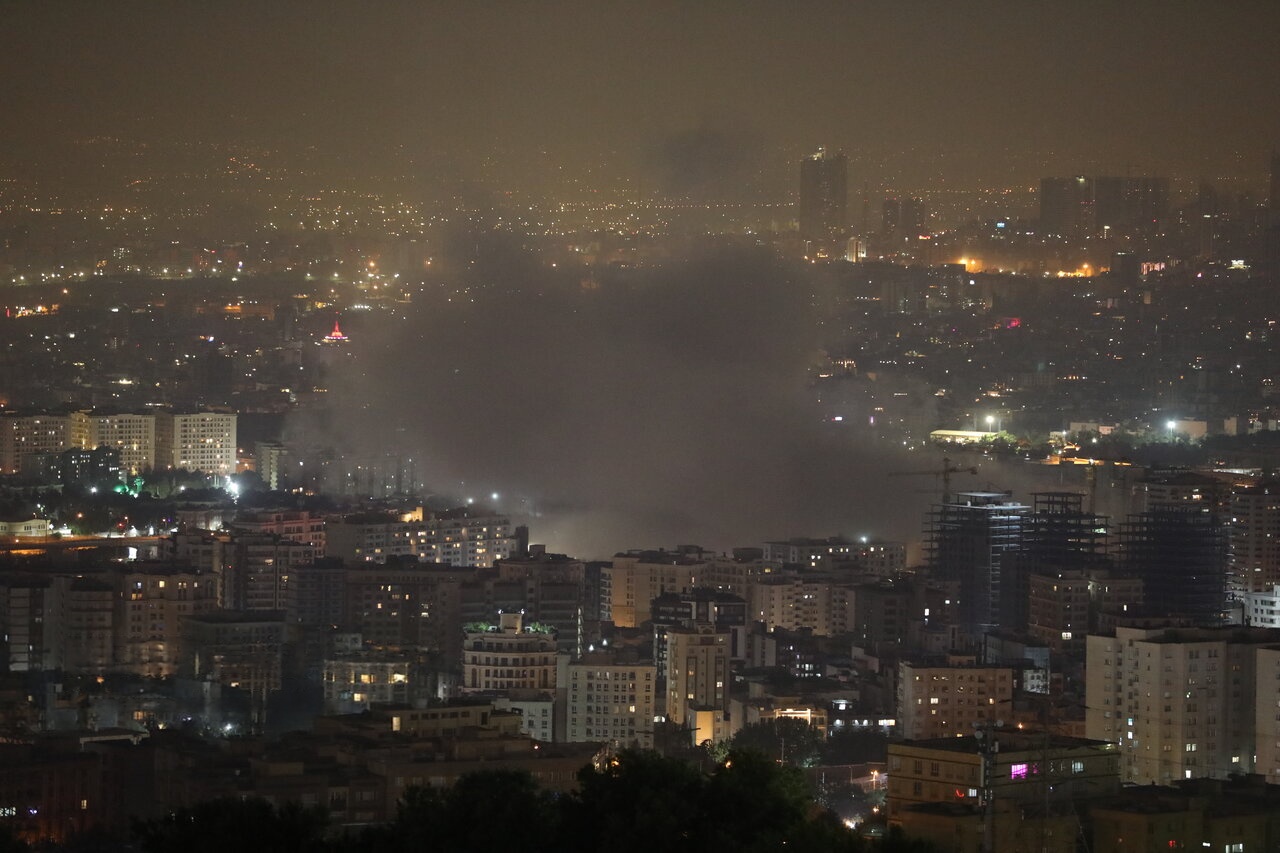 BBC News
BBC NewsBorrowing was £17.4bn last month, the second highest October figure since monthly records began in 1993.

This is an abridgement of a talk Lord Lamont gave to the Amersi Foundation last year and is best read as background about the lead-up to last week’s events
There is an odd sensation at gatherings of diplomats and analysts discussing Iran these days. While Arab and Western representatives are always present, there is often no Iranian diplomat in the room, no direct voice from Tehran to offer its perspective. And so, we are left attempting to fill the gap—speculating, interpreting, and trying to make sense of a regime that, over the past few months, has suffered one blow after another.
Since October and December, events have piled up in a way that is both humiliating and destabilising for Iran. The assassinations of high-profile figures in Tehran, the failure of its calibrated missile responses, and an increasingly chaotic domestic economy have all combined to create a sense of disillusionment and weakness. Even internally, Iran’s parliament is struggling to enforce its own laws—take the morality law, for instance, which MPs passed despite knowing it cannot be effectively applied.
Syria has long been one of Iran’s most crucial allies for two reasons. Firstly, because the Assad regime was the only Arab state to back Iran during the Iran-Iraq War—a fact Iran has never forgotten. Secondly, because Syria is the key transit route for supplying Hezbollah, forming part of what Iran calls the Axis of Resistance—or what the West has long referred to as the “Axis of Evil.”
Iran has always justified its regional influence in part as a form of deterrence. Former nuclear negotiator Ali Larijani once put it starkly: “If the United States attacks us, expect Israel in a wheelchair.” The idea was that South Lebanon would serve as a means of retaliation, creating a third front of terror against Israel. But now, that third front has been weakened, if not outright dismantled. Hezbollah may still have considerable firepower, but the strategic leverage is nothing like what it was.
A crucial question is whether Iran will now pursue nuclear weapons in earnest. Iranian MPs occasionally flirt with the idea, suggesting that the time may have come to override the Supreme Leader’s fatwa prohibiting nuclear arms. Their logic is clear: Iran is under growing pressure, so why not develop the ultimate deterrent?
Yet, my view is that Iran would proceed with extreme caution. The country has seen first-hand the effectiveness of Western and Israeli intelligence, and even small missteps in the nuclear domain could be swiftly and devastatingly countered.
Following the latest events [Lamont was referring to the unravelling of the Assad regime in Syria], Iran’s leadership is scrambling for control. Ayatollah Khamenei is due to address the nation, and President Ebrahim Raisi has already given a speech emphasising that Syria’s future “must be decided by the Syrian people, not external powers.” What Iran fears most is that Syria will become unstable, potentially allowing ISIS or other militant groups to regain a foothold.
Interestingly, even conservative voices within Iran’s Revolutionary Guard (IRGC) and the Majlis have criticised Assad for his brutality and lack of attention to public sentiment—an unusual moment of introspection within the regime.
Many assume that the United States will now apply even greater pressure on Iran—tightening sanctions, squeezing the economy further. Yet, I remain skeptical about how effective this will be. Iran has become highly skilled at sanctions evasion, and its deepening ties with Russia and China provide additional lifelines.
Under Donald Trump’s first presidency, there were hints that he was open to talking with Iran—even proposing a meeting with then-President Rouhani on the sidelines of the UN. But Rouhani refused, knowing that Trump had already torn up the nuclear deal—a move that made direct engagement politically toxic in Tehran. Today, Rouhani is politically discredited, but interestingly, former Foreign Minister Javad Zarif has been allowed back into government, suggesting some willingness to reopen diplomatic channels.
The biggest unknown is what happens after Khamenei. Officially, this is not discussed in public, but behind the scenes, maneuvering has already begun. At 86 years old, Khamenei is in declining health, and his eventual death could mark a pivotal moment. Will Iran take the path of evolutionary change, or will it dig in deeper?
One reason Iran has not seen a mass uprising like those in Egypt or Libya is that many Iranians fear the alternative to the current regime might be even worse. They have seen the chaos in Afghanistan and Iraq, and some prefer a flawed stability over outright collapse. But once Khamenei is gone, a new leadership dynamic could emerge, creating fresh possibilities for diplomacy, reform, or even greater militancy.
Iran is at a strategic crossroads. The loss of Syrian leverage, domestic unrest, and economic hardship are all mounting. While the Supreme Leader’s primary goal has always been regime survival, his eventual departure could open up unpredictable new dynamics.
For now, the West must watch carefully, engage where possible, and be ready for a moment of potential transition. Because when Khamenei is gone, the Iran we have known for the past four decades may change in ways we cannot yet foresee.